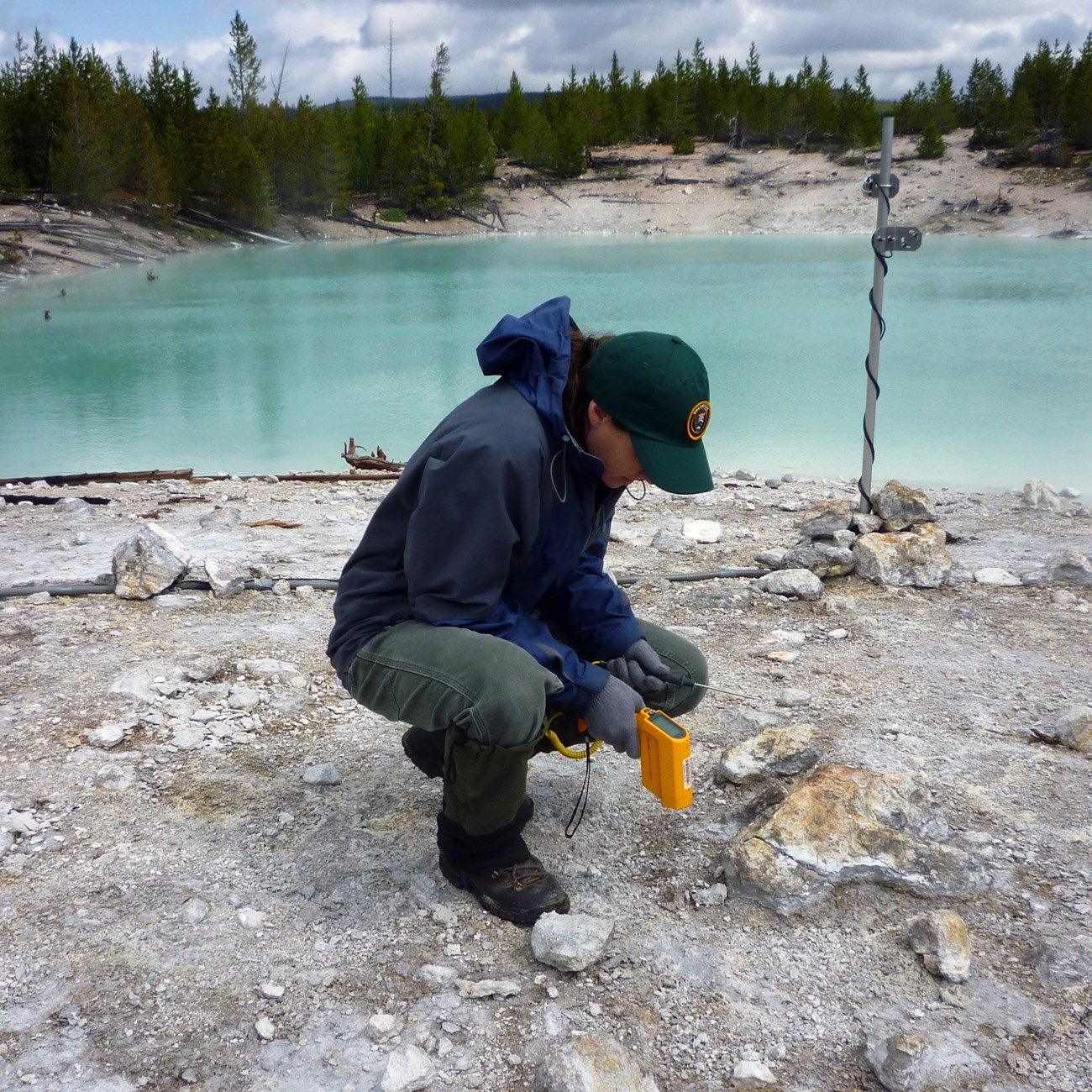Part of a series of articles titled Values Embodied in Geoheritage.
Previous: Recreational Value
Article

Geologic heritage sites exhibit fundamental scientific value by providing opportunities for improved understanding of Earth’s natural features and processes through observation, experimentation, and exploration. Geologic features such as canyons, caves, geysers, glaciers, mountains, and shorelines are natural “laboratories” for expanding our understanding of the geosciences. Many well-known geologic areas were sites of scientific discovery, places where specific rock layers or fossils were first studied and described. In addition, museums, universities, and science centers preserve and interpret some of the most important examples of geologic heritage—fossil, mineral, and other geologic collections that include extraordinary or representative specimens. Insights from studies of the rock record expand our understanding of Earth’s dynamic systems, which allows us to discover our past and apply that knowledge to current issues such as climate change.
From 2020 to 2022, the National Park Service's Geologic Resources Division conducted an inventory of designated stratotypes located in and near park units. These type sections and type localities are considered to be important geoheritage resources that demonstrate scientific value. As of 2022, the NPS Stratotype Inventory identified 695 stratotypes in the 32 Inventory and Monitoring Networks.
Part of a series of articles titled Values Embodied in Geoheritage.
Previous: Recreational Value
Last updated: November 3, 2022